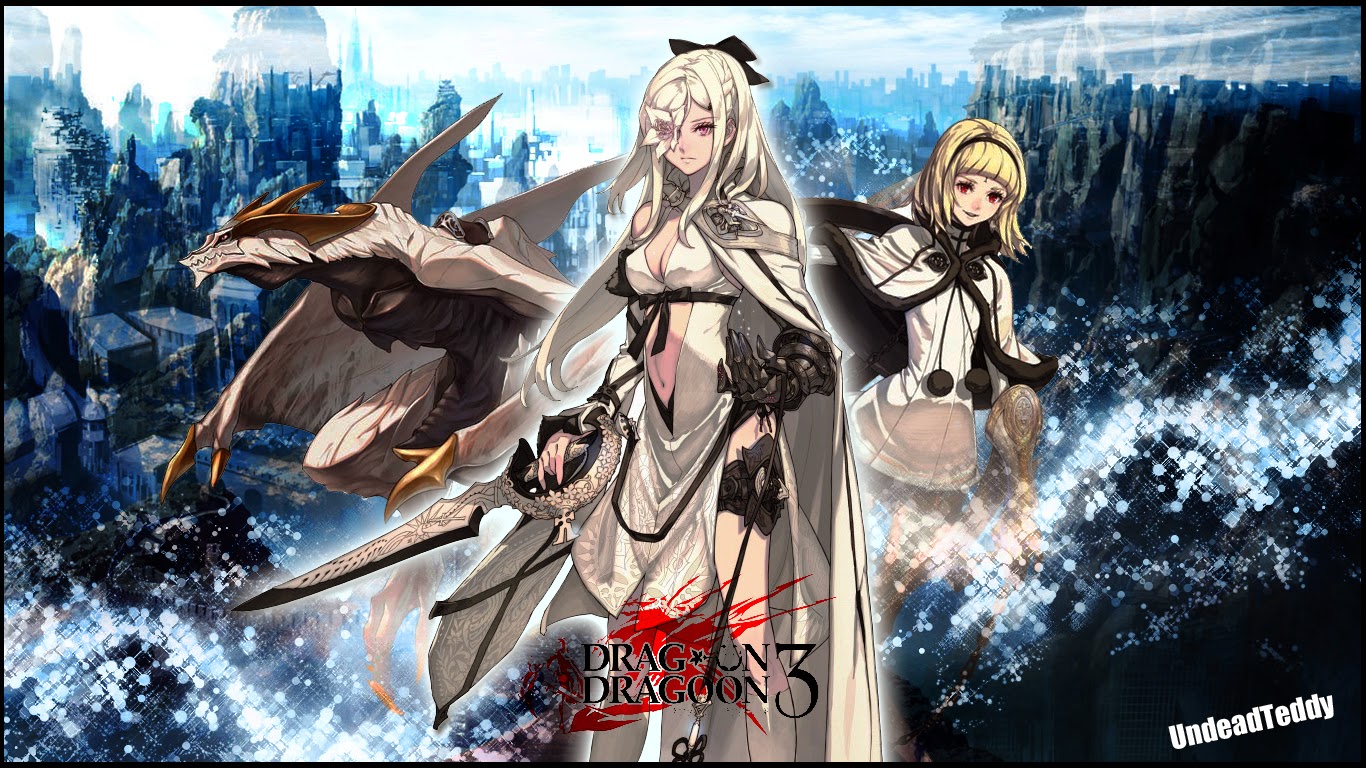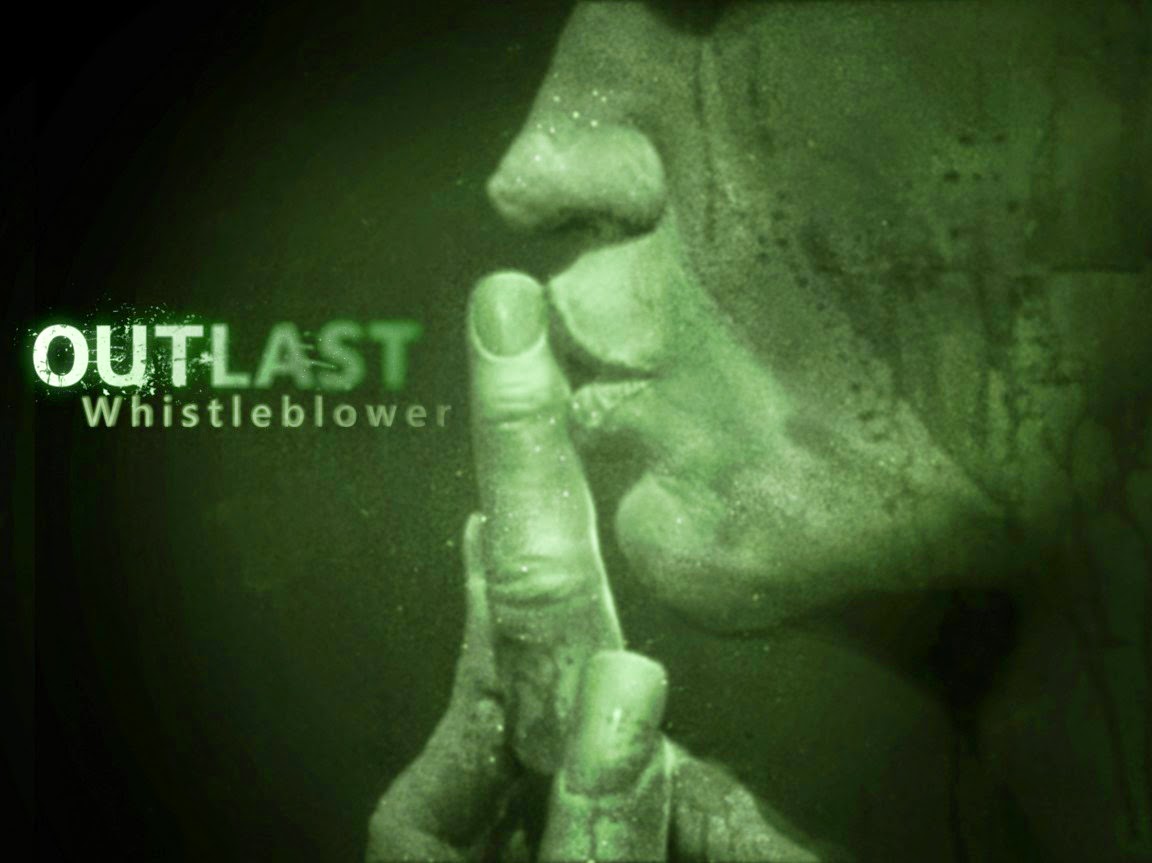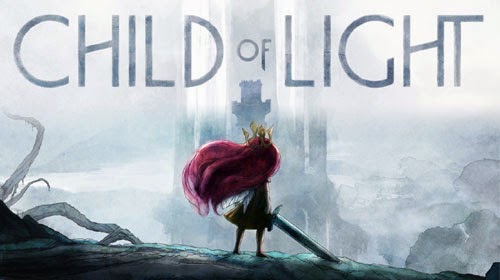
"
What if the Nazis won World War II?" is probably
the single most-asked alternate history question, and it makes sense why. Wars
are often fought over conflicting viewpoints, opposite goals, and a muddy sense
of what's right and wrong, but when it came to the Third Reich, the world saw
the face of actual evil through its Master Race propaganda, expansionist
military campaigns, and systematic extermination of millions upon millions of
people.
But not all alternate history World War II shooters are cut
from quality cloth (I'm looking at you, Turning Point: Fall of Liberty).
Wolfenstein: The New Order is a fun game not because it takes place in a
well-worn, fictional Nazi-controlled future, but because it does something
fresh with the subject matter. Its barrage of Swastikas, Iron Crosses, and Sig
Runes is the stuff of many like-minded first-person shooters; its content is
something entirely different, even if its core gameplay isn't.
Everything You Need to Know About Wolfenstein: The New Order
In The New Order, Nazi Germany didn't only win World War II;
it completely dominates the globe. By 1960, the Nazis are everywhere, laying
waste to their remaining opponents while cleansing the impure from society.
Walking into a setting I've seen so many times before, I didn't expect the high
level of polish applied to Wolfenstein's exceptional writing. Cutscenes are
especially riddled with little touches that made them more believable -- the
twirling of a character's thumbs as he speaks, the subtle ashing of a
cigarette, the nuance of rolled eyes -- and there are relatable heroes to pull
for and devilish villains to wish the worst upon alike.
The Wolfenstein series' longtime hero -- BJ Blazcowicz --
returns, though he's deeper, better written, and more fleshed-out than he's
ever been. You catch a glimpse of him 14 years
Wolfenstein: The New Order
Evil minds have created the ultimate terror and only you can
stop them in Wolfenstein: The New Order, a re-imagining of the classic FPS
franchise.
Explore Alternate History
Resistance 3SingularityBioShock before the events of the
main campaign in a shockingly weak intro sequence that takes forever to put an
actual gun in your hand, and at that point, he's more unrelenting meathead than
poet laureate. But when you fast-forward to 1960, Blazcowicz is older and
smarter, hardened by his experiences in the post-war, Nazi-controlled world.
You get to see an interesting side to him that makes it easy to become invested
in his journey, and he's not the only character who's worth noting, either.
Virtually everyone around him -- from the fiendish General Deathshead to the
brave Caroline Becker -- also command attention. Wolfenstein's bloody
brutality, especially when it comes to those Blazcowicz loves, only makes it
easier to be sympathetic.
The New Order plays and runs well, though you'll encounter
occasional texture pop-in and some poor audio mixing that frustratingly drowns
out some well-acted voices. It's pretty, too, both in-game and during
cutscenes, especially when you get a chance to marvel at some of its open
vistas and cityscapes. Neo-Berlin is frighteningly beautiful in its order and
grandeur, yet quainter, picturesque moments can also be found out in the
wilderness, for instance when Blazcowicz escapes from a hospital in Poland early
in the campaign and gets his first look at the blue sky in 14 years.
Is that a metal dog?
Why yes. Yes it is.
Is that a metal dog? Why yes. Yes it is.
Then again, when it comes to mechanics, The New Order
doesn't do much to differentiate itself from the glut of shooters that come out
every year. Blazcowicz has a typical array of weapons at his disposal -- a
knife, a pistol, a machinegun, a sniper rifle, and so on -- as well as some
Nazi future tech, like laser rifles, that give the game the alternate history
feel that Wolfenstein has thrived on for 22 years. Gunplay is fun and fluid,
though I have to question the inclusion of dual-wielding, which, while cool in
theory, is exceptionally cumbersome and entirely inadequate in heated
firefights.
Combat is made more dynamic by a heavy emphasis on stealth,
which is both a blessing and a curse in The New Order. Slinking around
wide-open maps and linear corridors -- knife in hand -- is satisfying,
especially when you score a stealthy kill with a slash or toss of your blade or
the shot of a silenced pistol. I also enjoyed the inclusion of special enemies
with the ability to call endless reinforcements if you're spotted. By finding
and killing them in secret, you can mitigate the challenges presented by
specific areas while illuminating the locations of secret items on your map
(like gold, Enigma codes, and letters). It's just a shame that these stealth
mechanics expose some questionable and inconsistent AI that seems designed to
make things a bit easier on you if you opt to play with a quiet slant.
Sometimes it seems blind, both to you and to the freshly knifed bodies of their
compatriots under their feet.
Developer Machinegames did bring some novelty to the
experience, however, especially when it comes to The New Order's skill
progression system. It isn't based on leveling up or spending skill points;
rather, dozens of skills are nestled underneath four separate headers, and
they're unlocked by completing tasks in-game, like scoring headshots, killing
foes from cover, or eliminating your enemies with potato masher grenades.
Better yet, many of these skills must be unlocked in sequence, giving the
entire scheme some depth. I really liked this system; it feels genuinely unique
next to many of Wolfenstein's shooter contemporaries.
The New Order has a wide array of environments to explore
that highlight some what-ifs of a victorious Nazi Germany. In Wolfenstein, the
Nazis have a thriving space program, devastating ordnance, and an all-new,
gilded version of their capital city, Berlin. Some of these areas seem a little
vacant when it comes to foot and car traffic, but it's cool to see
Machinegames' vision of this terrible new fascist-dominated world.
Unfortunately, scouring these environments can sometimes be a bit of a grind,
especially when you're constantly collecting endless amounts of health, armor,
and ammunition, each of which requiring the press of a button. Oftentimes, I'd
see the on-screen prompt to collect something before I could even see what I'm
collecting, taking away from the immersive nature of the world. Why can't I
just pick up the ammo by walking over it? This aspect of The New Order made it
feel very old.
The Nazis have been
inventing some pretty crazy machines...
The Nazis have been inventing some pretty crazy machines...
Where The New Order really shines, however, is in its plot,
characters, and presentation. It's swimming in cool, alternate history lore
that makes Wolfenstein feel strangely believable. While the Nazis didn't
actually build large, building-sized machines, affix plate armor to their dogs,
or implant human brains into mechs, it's honestly not that far-fetched to think
they might have tried if the Allies didn't extinguish them in 1945. These are
the people that performed heinous experiments on living humans, obsessed over
racial purity with their Ahnenerbe-affiliated pseudo-scholars, and even
contemplated building something called the Sun Gun, not to mention endless
arrays of special missiles, nuclear bombs, jet aircraft, helicopters, and more
under the moniker of Wunderwaffe. That's all real, so it's not too farfetched
to think that if Nazi scientists in the real world were experimenting with,
say, bone and nerve transplants, that they might have eventually tried to do it
with the human brain, too. Wolfenstein seems to understand this, even if it's
taken to a still unrealistic degree.
Machinegames should also be commended for artfully working
unsanitized references to real-life Nazi atrocities into its alternate history
story without fear of offending anybody. You're given startling glimpses into
Nazi's systematic mistreatment of the mentally ill and handicapped, a
first-hand look at a forced labor camp, and plenty of allusions to Nazi treatment
of non-Aryan people around the world, including in occupied America. All of
this, peppered into in-game and pre-rendered cutscenes, makes The New Order
feel surprisingly human, and your situation quite desperate.
PlayStation 3 and Xbox 360 Versions
The so-called "last-gen" iterations of
Wolfenstein: The New Order -- on PlayStation 3 and Xbox 360 -- are identical in
content to the Xbox One, PlayStation 4, and PC versions of the game. They play
virtually identically, too. However, there are a few technical issues and
hiccups worth noting.
The New Order on both PS3 and Xbox 360 looks noticeably
rougher compared to their next-gen counterparts. No surprise there.
Additionally, both have texture pop-in issues, issues which are especially
noticeable in tight spaces (like during the intro sequence, for instance).
On PlayStation 3, I had to install the game on two separate
machines. On the first PS3 I tried (a "fat" model), the game didn't
contain any spoken audio. I uninstalled and reinstalled the game; the same
thing happened. On the second PS3 I installed it on (also a "fat"
model), it worked fine. So, this is likely due to hardware, but it's worth
noting, nonetheless.
Both the PS3 and Xbox 360 versions require substantial
installs, so make sure to clear around 10 gigs of space on your console. And
while the PlayStation 3 version is on a single Blu-ray disc, the Xbox 360
iteration is on four separate discs, which seems a little excessive, to put it
lightly.
THE VERDICT
Wolfenstein: The New Order is the melding of your typical,
everyday shooter with quality writing and a cast of believable and relatable
characters. Machinegames' more grounded treatment of the often way over-the-top
alternate Nazi history is also a nice touch, and while The New Order is in no
way, shape, or form a simulation of the real world, its 10-to-12 hour campaign
can certainly make you stop and wonder more than, say, Raven's 2009's
occult-centric Wolfenstein reboot.
With an essential early-game choice that makes it worth
playing through twice, the story at the center of Wolfenstein: The New Order
props up its competent -- but mostly unremarkable -- shooting.
 DOWNLOAD NOW
DOWNLOAD NOW










